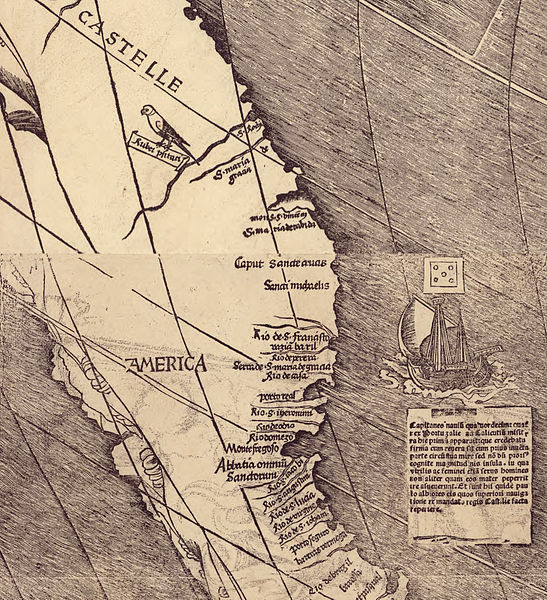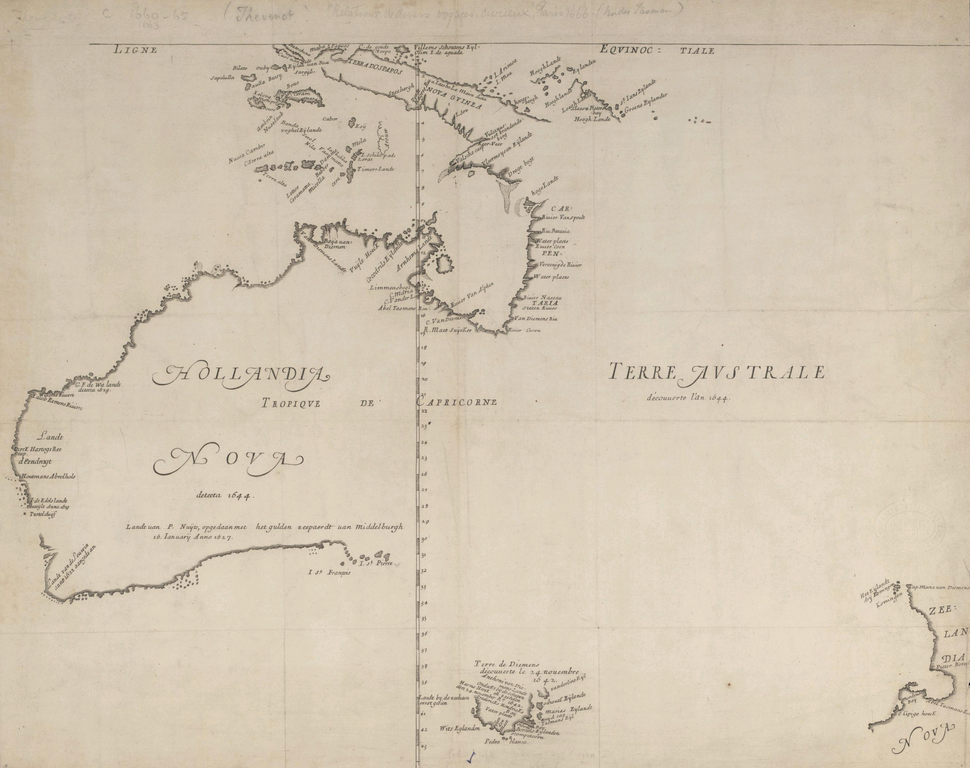 |
A crystal skull at the British Museum (ID Am1898C3.1 ),
similar in dimensions to the more detailed Mitchell-Hedges skull. |
Society for the History of Discoveries member Raymond John Howgego is
collecting sources for a definitive biography of Frederick Albert Mitchell-Hedges, the stockbroker turned amateur archaeologist and explorer best known for his supposed discovery of an ancient Mesoamerican crystal skull that he called the "Skull of Doom."
The "crystal skulls" are the central plot element for the blockbuster 2008 film
Indiana Jones and the Kingdom of the Crystal Skull, where the intrepid archaeologist/adventurer Dr. Henry "Indiana" Jones, Jr., hunts down the mystery behind the artifacts. Mitchell-Hedges is even mentioned in the film.
But in late 2012 Belizean archaeologist Jaimie Awe, director of the Institute of Archaeology of Belize, sued Paramount Pictures, Lucasfilm, and Lucasfilm's new owner Disney for illegally profiting from the skull's likeness. Awe considers the skull a Belizean national treasure, and the use of the skull as a plot device exploitative. Awe is also suing the Mitchell-Hedges family's heirs for the return of the skull.
The Mitchell-Hedges crystal skull, which the self-promoting adventurer Mitchell-Hedges claimed he unearthed from a 1924 dig at the Maya city of Lubaantun, in then British Honduras. Howgego's research, however, has poked holes in many of the claimed explorations and stories of Mitchell-Hedges's life, while scientific research into the skull has concluded it is probably a twentieth-century forgery, made with modern tools.
Nineteenth-century colonial adventurism, early twentieth-century archaeology, late twentieth-century New Ageism, and twenty-first-century movie magic are all mixed up in the interesting story of the crystal skulls.







